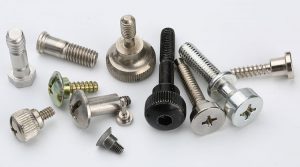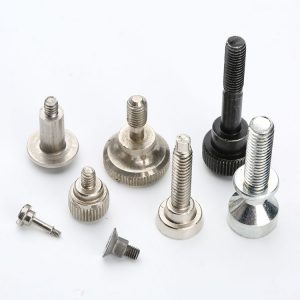Shoulder Screw Tolerance
The shoulder screw tolerance is also standard. What is the difference between the tolerance of the shoulder screw tolerance of the ordinary screw? Let’s first understand what a tolerance is.

Tolerance is the allowable variation in the actual parameter values of a machine or machine part in the design and manufacture of the machine. The shoulder screw tolerance are similar to those of ordinary screws if the requirements are not as strict. For mechanical manufacturing, the purpose of setting tolerances is to determine the geometric parameters of the product so that the variation is within a certain range in order to meet the requirements of interchange or fit. Important and critical dimensions are marked with dimensional tolerances on the mechanical drawings. Other dimensions are generally indicated in the “Technical Requirements” column. If there is no specification in the “Technical Requirements”, the (IT13) tolerance is taken.

Shoulder screw tolerance no dimensional tolerances on mechanical drawings are not equal to no tolerances. Unmarked dimensional tolerances on mechanical drawings are checked against (IT13) tolerances. According to the provisions of GB/T 1804-92, the limit deviation of the linear dimension unfilled tolerance is symmetric deviation. For example, if the tolerance value is 150um, the inspection standard is ±0.075mm in the original size. For holes and shafts with no dimensional tolerances, the hole is taken as H13 and the axis is taken as h13.
Customized shoulder screws are welcome to contact with Shi shi tong screw factory. Shi shi tong screw factory introduces professional machines. The shoulder screw tolerance can be positive or negative. 0.05. Welcome to consult. annie.li@szsst88.com